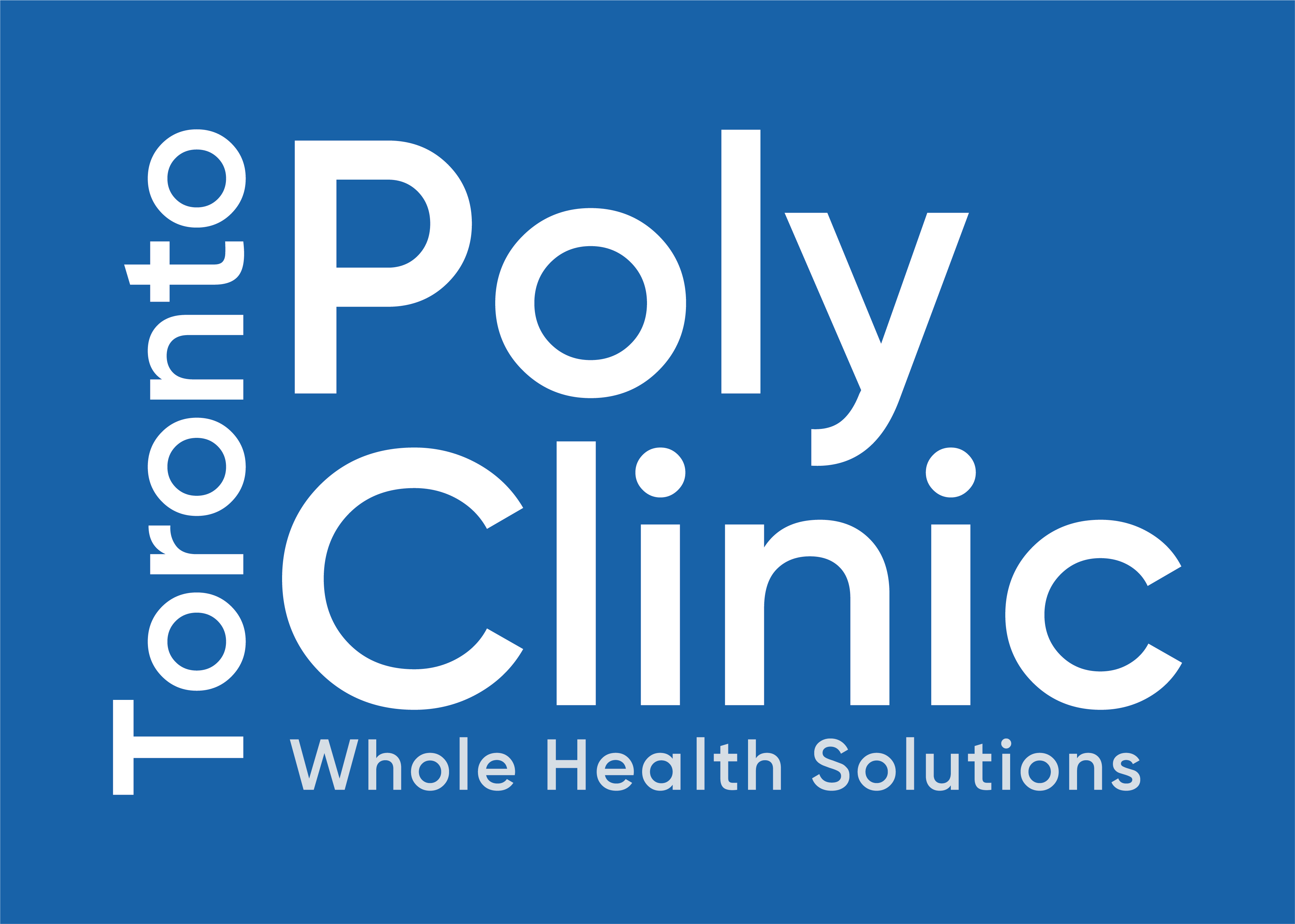PTSD and chronic pain
There is a complex and bidirectional relationship between post-traumatic stress disorder (PTSD) and chronic pain. While they are distinct conditions, they can often coexist and influence each other. Here are some key points about the relationship between PTSD and chronic pain:
- Shared Neurobiology: PTSD and chronic pain share common underlying neurobiological mechanisms. Both conditions involve alterations in the central nervous system, including changes in brain regions associated with pain processing, emotional regulation, and stress responses.
- Trauma as a Trigger: Traumatic experiences, such as physical or emotional abuse, accidents, or combat, can be a trigger for the development of both PTSD and chronic pain. The experience of trauma can lead to physiological changes that increase the risk of developing chronic pain conditions.
- Psychological Factors: The psychological effects of trauma, such as heightened anxiety, hypervigilance, and emotional distress, can contribute to the development or exacerbation of chronic pain. PTSD symptoms, such as flashbacks or nightmares, can also intensify pain perception and increase pain severity.
- Overlapping Symptoms: There can be symptom overlap between PTSD and chronic pain, including sleep disturbances, fatigue, irritability, and difficulties with concentration and memory. These shared symptoms can further complicate diagnosis and treatment.
- Impact of Pain on PTSD Treatment: Chronic pain can interfere with the treatment of PTSD. Pain-related limitations and distress may hinder engagement in trauma-focused therapies or impede progress in addressing underlying trauma.
- Impact of PTSD on Pain Management: PTSD-related psychological distress can affect pain perception and pain coping strategies. Individuals with PTSD may be more sensitive to pain, experience higher pain intensity, and have difficulties with pain management.
- Comorbid Conditions: PTSD and chronic pain commonly coexist with other psychiatric disorders, such as depression, anxiety disorders, and substance abuse. The presence of these comorbid conditions can further complicate symptom presentation and treatment approaches.
Given the complex interplay between PTSD and chronic pain, it is important to address both conditions simultaneously and adopt a multidisciplinary approach to treatment. This may involve a combination of therapies, such as trauma-focused therapies for PTSD, pain management strategies, psychological interventions, and medications tailored to address both the psychological and physical aspects of the conditions. It is recommended to work with a healthcare professional experienced in treating both PTSD and chronic pain to develop an individualized treatment plan.

PTSD Awareness Month is observed in June each year to raise awareness about post-traumatic stress disorder (PTSD) and to support individuals affected by this condition. The goal is to educate the public, reduce stigma, and promote understanding of PTSD symptoms, causes, and available resources for treatment and support. Here are some key points about PTSD Awareness Month:
- Purpose: The main objective of PTSD Awareness Month is to increase awareness and understanding of PTSD as a mental health condition. It aims to foster compassion and support for individuals living with PTSD and their families, while also promoting access to appropriate care and treatment.
- Education and Outreach: Various organizations, advocacy groups, mental health professionals, and communities organize events, campaigns, and initiatives to disseminate information about PTSD. These activities may include public talks, webinars, educational materials, and social media campaigns to spread awareness and knowledge.
- Destigmatization: PTSD Awareness Month aims to challenge the stigma associated with PTSD. By providing accurate information and personal stories, it strives to combat misconceptions, promote empathy, and encourage open conversations about mental health.
- Support and Resources: This observance month emphasizes the importance of available support and resources for individuals with PTSD. It highlights the significance of early detection, seeking professional help, and accessing appropriate treatment options. It also aims to connect individuals with support networks and community resources.
- Collaboration: PTSD Awareness Month encourages collaboration among mental health organizations, healthcare providers, government agencies, and community groups. These collaborations facilitate a collective effort to address PTSD, share best practices, and work towards improving access to care and support services.
- Veteran Focus: Since PTSD is prevalent among veterans due to traumatic experiences during military service, there is often a specific focus on supporting and raising awareness about PTSD in the veteran community during PTSD Awareness Month. Efforts are made to highlight the unique challenges faced by veterans with PTSD and ensure they receive the specialized care and support they need.
It’s important to note that awareness and understanding of PTSD should extend beyond the designated awareness month. Ongoing efforts throughout the year are crucial to supporting individuals with PTSD and working towards improved mental health care for all.

